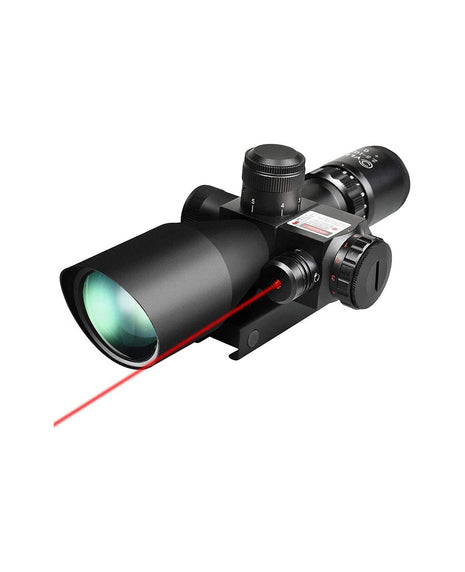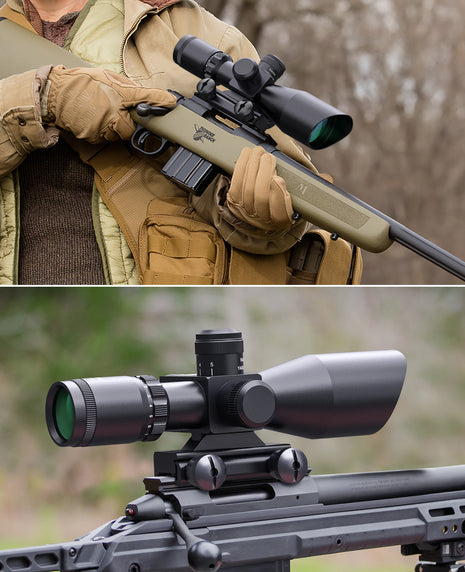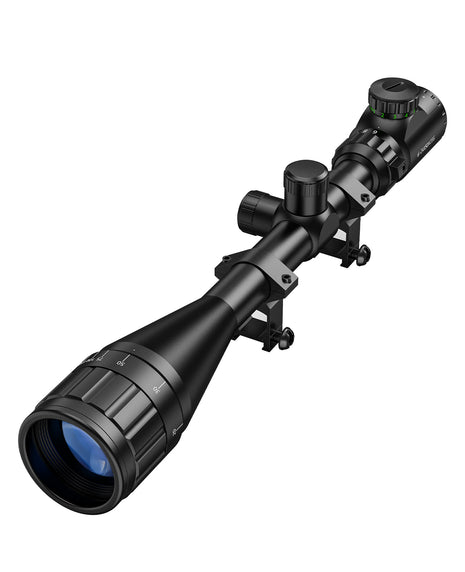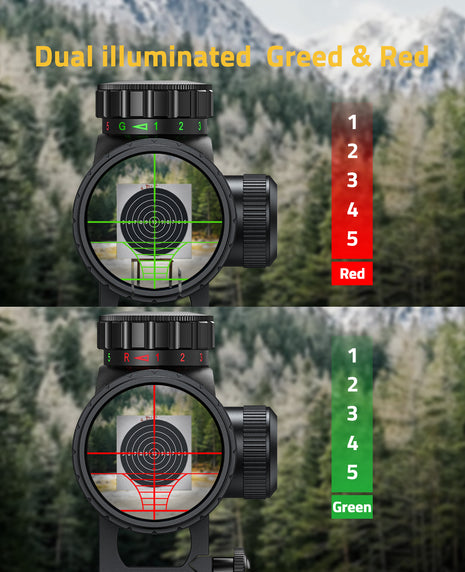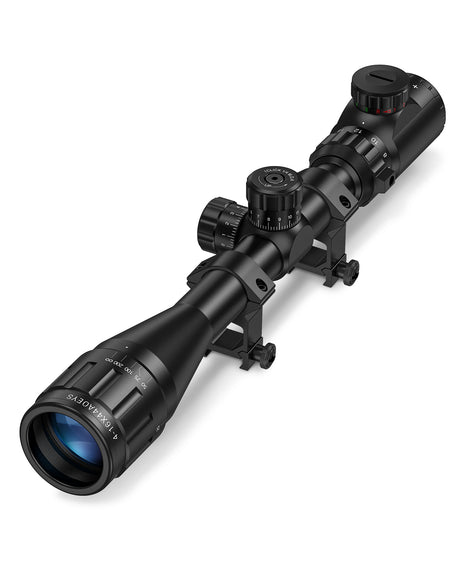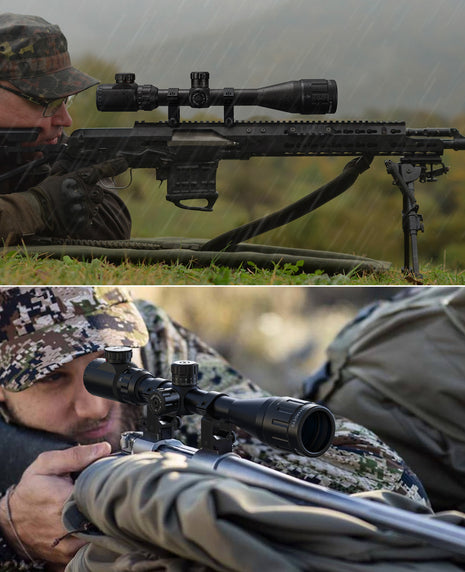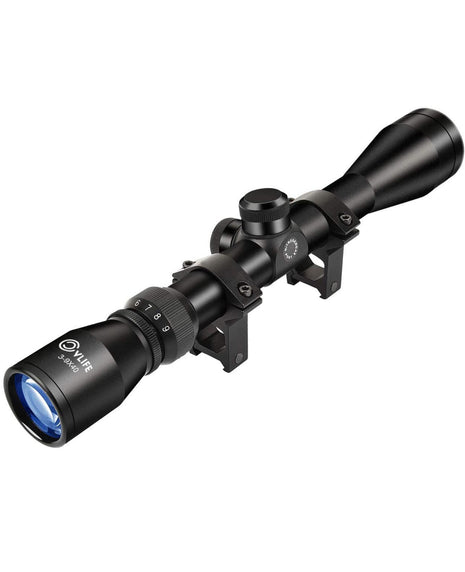What Hunting Gear Do I Need?
- 3 Tiempo mínimo de lectura
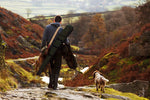
I know what you may be thinking, “This is too basic. I know this stuff.” Often times, the basics are easily overlooked, and just because you do it one way doesn’t mean you can’t garner ideas from someone else.
Here is a list of what you'll need to take based on my years of experience.
Hunting Pack
Besides your boots and weapon, this is the most important piece of gear you’ll need. This is the foundation of gear as it is used to support (carry) everything else. You will also rely on your pack to help carry the bountiful harvest off the mountain as well. It needs to be comfortable for all day use carrying gear and be sturdy enough for the possible pack out. It should have an internal or external frame to support hauling heavy loads as well as a well-padded suspension system. Of this suspension system, the hip belt is the most important piece. This is where approximately 80% of the weight should go that you have in your pack. Shoulder straps are less important and should be comfortably padded and shaped so they don’t dig into your neck or shoulders.
Choose a backpack with lots of pockets to keep gear organized and stored.

Kill Kit
This will be essential when you’ve made a well-placed, ethical shot on that mule deer buck, and he expires before he hits the ground. All of the required equipment should be kept in one organizational gear bag .See below:
Tags/License (should always be with the kill kit or in a specific single pocket of your pack)
Sharp Knife (either fixed or replaceable blades)
25 ft of paracord
Rubber gloves
Good quality, light-weight game bags (5)
A contractor-sized garbage bag or synthetic drop cloth
Wet wipes
Hunting Gear Essentials
Can you respond positively to an accident or emergency?
Can you safely spend the night if needed?
You never go into the backcountry without them.
Navigation- paper topo map, BaseMap app on phone with preloaded maps of a 10 mile radius, Satellite communicator
Headlamp w/ extra batteries
First aid kit including blister care
Fire Kit
Waterproof Matches in small container
Cotton balls soaked with petroleum jelly
Rem Oil Wipes (great fire starter)
Waterproof butane lighter
The lightest multitool you can find
Chapstick, Sunscreen, and sunglasses
1.5- 3-liter water bladder or 32 oz Nalgene water bottle
Water filter and iodine tablets (backup)
Light, emergency bivy
Food- Bring enough for a full day if you eat breakfast in camp. If you don’t eat breakfast in camp, bring a day and a breakfast in case you have to spend the night
Puffy jacket
Light rain gear if weather calls for showers (keep handy at camp if not)
Toilet Paper
Other Gear (to be carried)
Spotting scope (optional)
Weapon of choice plus ammo
Wind checker
Trekking Poles with duct tape wrapped on one and electrical tape on the other
Butt pad or small rollup chair

Clothing Layering System
Merino next-to-skin top and bottom (depending on temperature)
Durable yet comfortable pants
Merino Hoody
Vest
Jacket
Gaiters
Merino gloves
Beanie
Neck gaiter
Good boots (essential)
Layering is key when you're hunting consists of a good combination of hiking and sitting/glassing.
There are many options from which to choose when selecting the gear with which you will hunt. Do your research and just see what works for you. Also, other than the essentials, if I don’t use something two trips in a row, it comes off the gear list for the next trip.
Tags
- Compartir en:
- Deel
- Tweet
- Póngale un alfiler.
- Messenger
- Correo electrónico
You May Also Like
Blogs & News
-

, por C V What Makes Motion Awake Red Dot Sights Unique
-
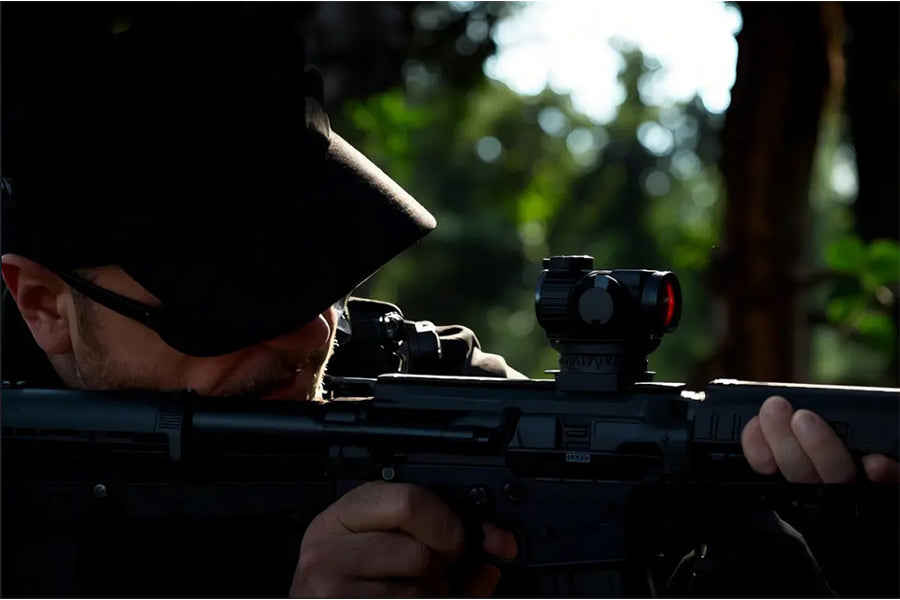
, por C V Best Motion Awake 2 MOA Red Dot for AR-15 Home Security
-

, por C V LPVO vs. Holographic Sight for AR-15 Home Defense
-

, por C V How to Set Up Co-Witness Sights on AR-15

